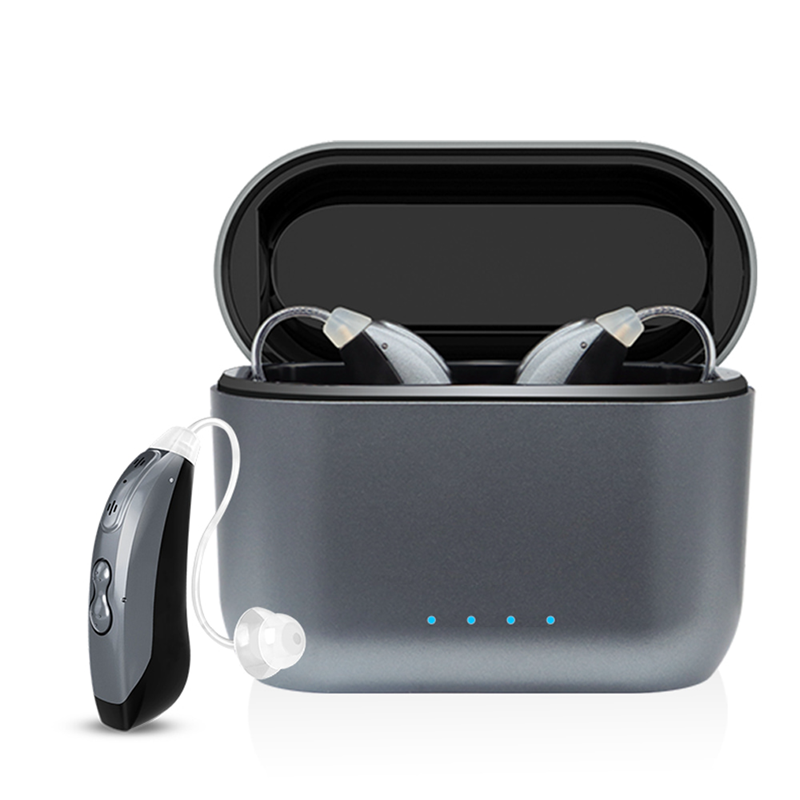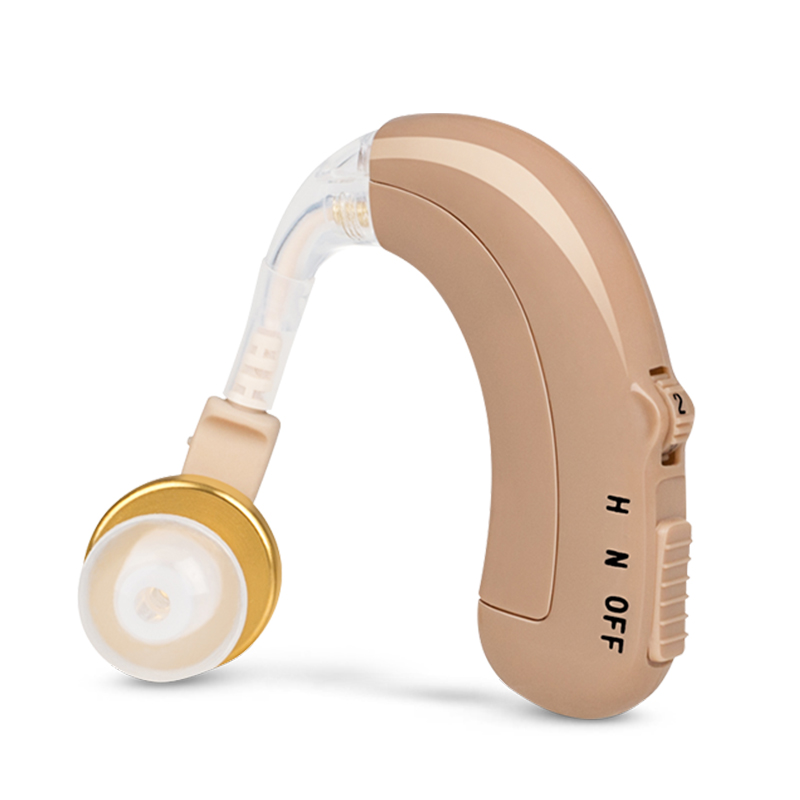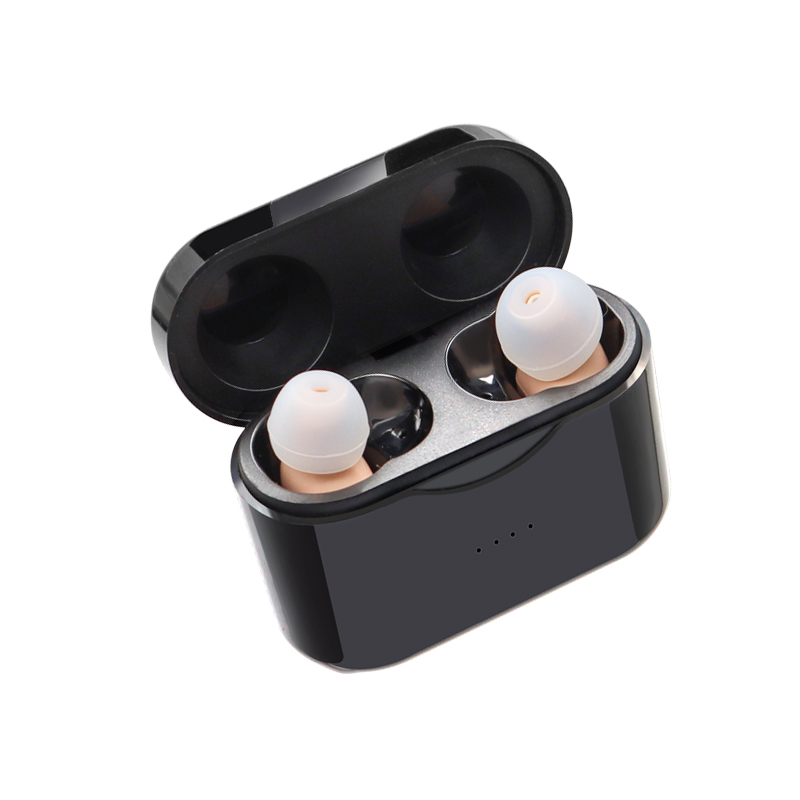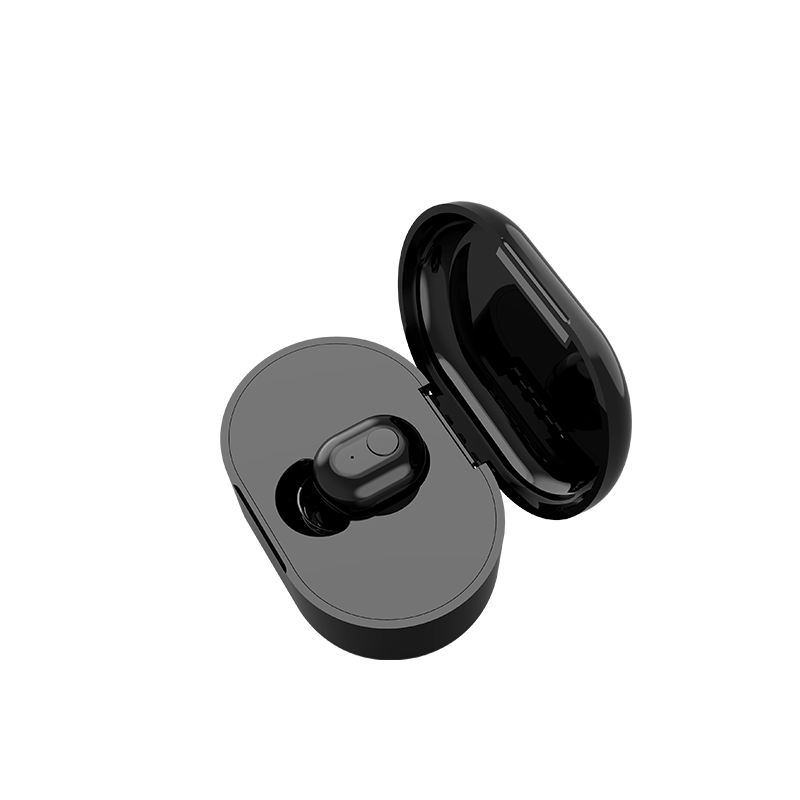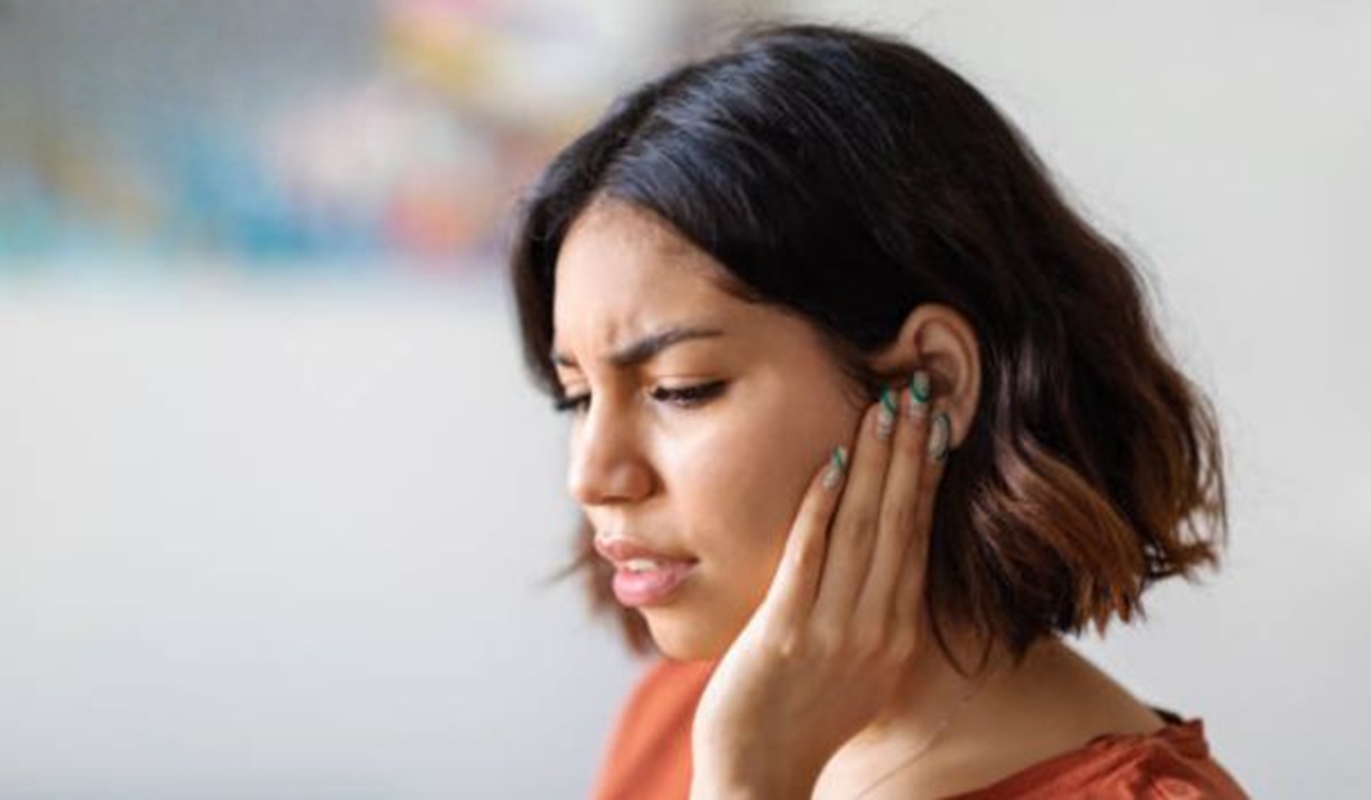
Cerumen or ear wax is something we all deal with but rarely speak about. Yet, it has a very important job. Ear wax lines the ear canal to help protect your ears from water, bacteria, and other forms of debris by trapping and expelling it. Because of its beneficial nature, ear wax should not be removed, since under normal circumstances your ears are self-cleaning, but certain people have an issue with the overproduction of ear wax. While this condition is not considered to be a medical emergency, it can still affect the quality of your life.
Here are some of the common signs and symptoms associated with ear wax blockage:
• Ringing in the ears (tinnitus)
• Muffled/Loss of hearing
• Itchy ear
• Ear pain
• Dizziness
• Congestion or the feeling of fullness in your ear
• Coughing
• Drainage from the ear canal
While you generally only need to occasionally clean ear wax from the outer ear canal with a clean wash rag, sometimes you need the help of a physician to remove excess ear wax. If you often find yourself experiencing an ear full, try out these helpful ear wax blockage tips.
• Since your ears are self-cleaning (under normal circumstances), avoid putting anything into your ear. Cotton swabs (Q-Tips) or any other object should never be used to clean your ears.
• Make sure that you dry your ears thoroughly after you take a shower or go for a swim with a soft, clean towel.
• If you wear hearing aids, you should undergo a routine exam every 3 to 6 months to look for ear wax impaction.
• If you do not have a perforated eardrum and suspect you may have a blockage, you can self-treat with over-the-counter ear drops or with a few drops of olive oil. After placing a few drops in one ear, keep the affected ear pointing upwards for 10 minutes and then allow it to come out naturally by laying the ear down on a clean towel.
The above is the interpretation of How to Deal with an Ear Full of Wax provided by Chinese hearing aid supplier Shenrui Medical. Link https://www.srmcm.com/Blog/How_to_Deal_with_an_Ear_Full_of_Wax.html of this article is welcome to share and forward. For more hearing aid related information, please visit Blog or take a look at our Hearing aids products


